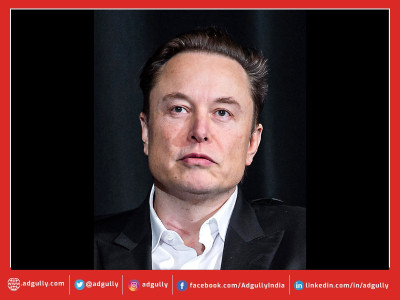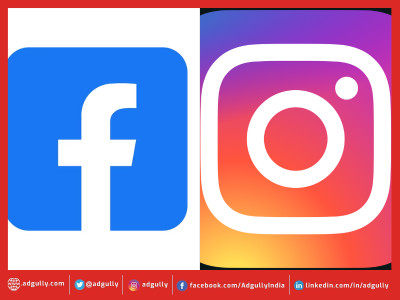What global brands can learn from Apple’s missed opportunity in India
India’s strong economic performance has been an attractive proposition for global brands and the country has seen these brands successfully tap into the Indian market. However, there have been some global giants that have failed to understand the intricacies of the Indian market, and have misread consumer aspirations and buying behaviour.
A case in point is global tech major Apple Inc. While the iPhone has been highly coveted by Indian buyers, the high price-tag has been a huge deterrent in its sales. Even as Apple consistently maintained its premium tag, nimble and more aggressive players like One Plus, Samsung, Oppo, Vivo, Redmi, Xiaomi have marched way ahead.
Apple CEO Tim Cook has admitted in his address to stakeholders how Apple has not been able to function as per expectations in the Indian and Chinese technology markets. China, which has been a major market for Apple is throwing up newer challenges for the tech company as the country is undergoing an economic deceleration.
Adgully spoke to some industry experts to know where Apple has slipped, the lessons from Apple’s performance in India for global brands, as well what Apple needs to do now to strengthen its base in the country.
Challenges for premium global brands in India
Divya Radhakrishnan, Managing Director, Helios Media, emphatically stated, “Clear reading of the ground realities is a big challenge. In statistical terms, it reads very well to see a huge potential sitting on a population base of 1.3 billion, but the fine slicing of demographics and geography layered with psychographics is where the reality lies. Also, of late the social media population gives an impression of that voice being the majority voice, which it really isn’t. Hence, it is important for global brands to get their sleeves rolled up and get the local nuances really right.”
N Chandramouli, CEO, TRA Research, noted, “Apple attempts to be positioned as a luxury purchase – in fact, their VP - Retail is Angela Jean Ahrendts, ex-CEO of the luxury brand Burberry, if that’s any indication. However, luxury implies exclusive and elegant, and both describers don’t fit the Apple description in their current product mix. It has had a series of challenges – from being at a price-point at which there are several better products available. In phones, it has lost market and mind share to Samsung and to One Plus, who have been focusing on product features. Apple put India on their important-markets map too late, and iPhone has lost both positioning and market in India.”
“The Indian market is price sensitive,” said Sanjay Ranade, Associate Professor Department of Communication and Journalism, University of Mumbai, adding, “While the consumers are not brand averse, all brands have to watch out for the fickleness of the Indian consumer, who will not give absolute loyalty to any brand. This threshold is difficult to predict or anticipate because of lack of feedback. As the feedback deepens, brands will be better able to predict behaviour. However, it will be a long time before they can manipulate behaviour of the Indian consumer.”
A palpable shift in consumer buying habits
While acknowledging the shift in consumer buying behaviour, Radhakrishnan pointed out at that most global brands are now selling well in India as well. She added, “Non-performance has been for just a few ultra-luxury brands. To a large extent, exposure to global trends from the digital world has upped the ante for Indian population as well. So, owning a newly launched mobile device or a luxury car isn’t uncommon for India anymore.”
Describing today’s consumer, Chandramouli said that he/she is completely self-confident, aware and value conscious. A major chunk of consumers are millennials, who know no bounds to what they can do and achieve. “Therefore, the consumer’s keenness-to-buy or Buying Propensity is something that gets reflected in their effervescent choices and easy brand-hopping. Like in the human relationships they form, the consumer relationships with brands is fleeting and tenuous – unless they get continuous value from the brand, they are willing and waiting to explore the next brand,” he further said.
Ranade pointed out how consumers are increasingly moving online to buy goods across the board. “Mobile phone buying is being done online more often now and this will increase. Online buying will also mean more regular interaction and feedback with consumers. The geographical barrier has been broken and one should expect the numbers to rise dramatically in the coming decade,” he predicted.
The core brand proposition
Radhakrishnan felt that the core brand proposition had to have worked for Apple for them to sell 10 million phones in India.
According to Chandramouli, “Apple must look at increasing both Brand Trust and Brand Attractiveness for the Indian consumer by understanding the shift in consumer preferences. They must realise that they cannot sell to the Indian consumer, they can only help them buy. This implies that Apple will have to understand what the Buying Propensity of Indians is and then map their communication and product to this local consumer. Unfortunately, many brands which come from foreign origins are too caught up in maintaining their brand’s integrity, and therefore, do not adapt their communication to local environments. This means that they talk New York language to a Delhi consumer, which more likely won’t work.”
India is a mosaic, coloured in different hues, with varied choices. The generations are changing, with only two-year gaps in between them. The Indian consumer needs to be spoken to in their tone, not in what the brand gets fixated on communicating.
Ranade, too, agreed that global brands will have to change their brand propositions. “There is no option if they want to tap into the very diverse Indian consumer market,” he concluded.
















Share
Facebook
YouTube
Tweet
Twitter
LinkedIn